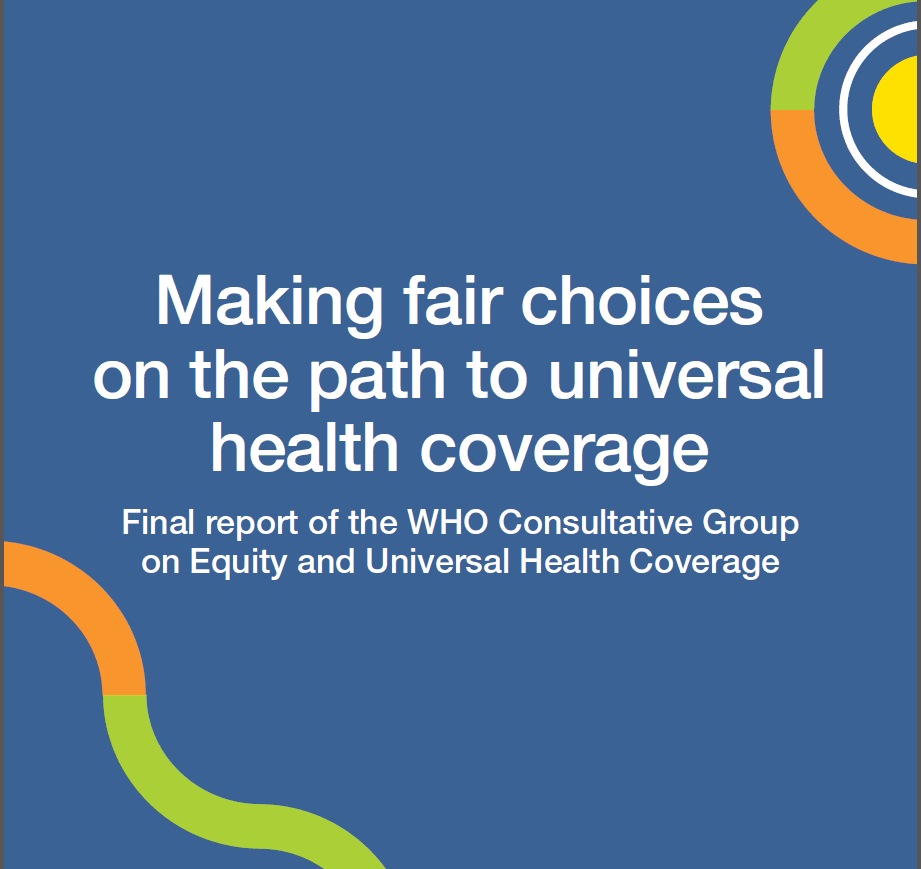Working Towards Fairness and Equality
The goal of universal health coverage is high on many global and national agendas – how can it be attained?

Main content
Researchers Trygve Ottersen and Ole F. Norheim from the Research Group, “Global Health Priorities” at the Department of Global Public Health and Primary Care, were members of a WHO Consultative Group on Equity and Universal Health Coverage. Norheim chaired the group and Ottersen was the lead author on the recently published Group report (Launch in London 1 May, 2014).
- Making fair choices on the path to universal health coverage: Final report of the WHO Consultative Group on Equity and Universal Health Coverage Trygve Ottersen, Ole F Norheim et al from the World Health Organization Consultative Group on Equity and Universal Health Coverage Publication date: 2014 ISBN: 978 92 4 150715 8
- (Report Summary) Making fair choices on the path to universal health coverage Trygve Ottersen, Ole F Norheim & on behalf of the World Health Organization Consultative Group on Equity and Universal Health Coverage Bulletin of the World Health Organization 2014
Aim to make progress
There will always be a higher demand for health resources than what is available, and the question is: “what should be prioritized?” Ottersen and Norheim write in their report summary that while “universal health coverage is at the centre of current efforts to strengthen health systems and to improve the level and distribution of health services”, it is a goal that “cannot be attained immediately” and thus fair and equitable progress toward that ultimate goal should be the aim in the shorter term.
Universal health coverage (UHC)
In 2012, in response to information requests from over 100 countries, WHO set up a Consultative Group on Equity and Universal Health Coverage to provide leadership and informed response. According to Ottersen and Norheim, this Consultative Group was unusually multi-disciplinary in its make-up and “consisted of philosophers, economists, health-policy experts and clinical doctors” from 13 different countries.
In the WHO report Overview, it is stated that “to achieve UHC, countries must advance in at least three dimensions”. It is further suggested that “countries seeking fair progressive realisation of UHC can do the following:
- Categorize services into priority classes.
- First expand coverage for high-priority services to everyone.
- When doing this, ensure that disadvantaged groups are not left behind.”
No single path to UHC
Ottersen and Norheim write that “no country starts from zero coverage, and there is no single path towards universal coverage that every country should follow.” They highlight the three dimensions mentioned above.
”Making fair choices …” highlights potential trade-offs, as well as making recommendations; it is information that is relevant to everyone involved in pursuing UHC.
Professor Norheim also recently presented the work at the Pan American Health Organization (PAHO), Washington DC.
